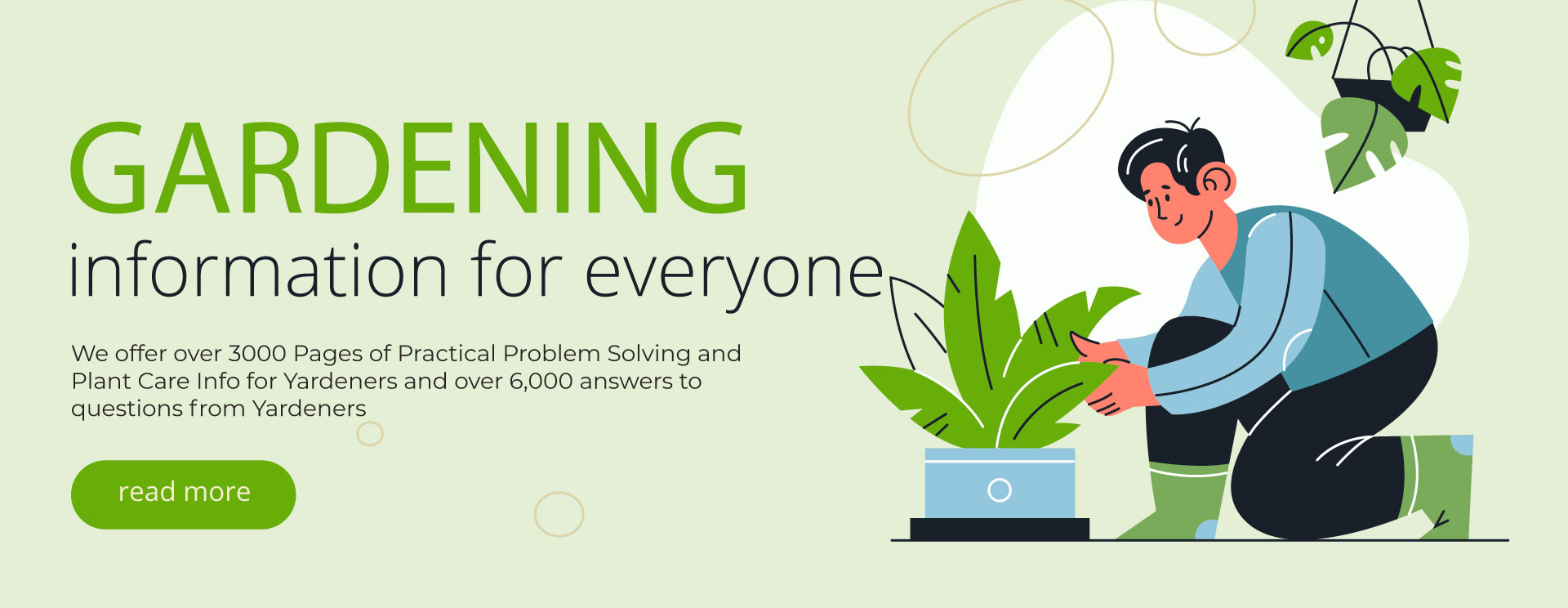The freezing temperatures and wild weather of winter can wreak havoc on gardens and landscapes. But with some preparation and care, you can help your treasured outdoor plants survive until spring. This comprehensive guide from Gardening Plant Helper provides tips to safely protect trees, shrubs, perennials, roses, bulbs, and potted plants through the cold months.

Why Winter Plant Protection Matters
Many of the plants we grow originated in warmer climates. Without help, they can suffer severe damage when exposed to harsh winter conditions. Here are some of the threats cold weather poses:
- Repeated freezing and thawing cycles cause soil to expand and contract. This movement tears and rips delicate plant roots.
- Drying winds remove moisture from leaves faster than frozen roots can absorb it. Evergreens are especially vulnerable. Needles turn brown, buds die.
- Sudden temperature drops can freeze and burst cell walls in roots, leaves, and flowers.
- Hungry critters like mice, voles, and deer chew on exposed bark and cankers for food.
- Heavy snow or ice can break branches and split trunks of trees and shrubs.
Snow Is a Garden's Best Friend
Believe it or not, snow provides some of the best insulation and protection for landscape plants. Just 2-4 inches of fluffy snow acts like a warm blanket, moderating soil temperature. It prevents the ground from hard freezing, allowing roots to keep growing and taking in nutrients.
Leave snow cover in place as long as possible. Compacted snow loses insulative value. Avoid walking on beds, as this flattens snow and causes fungal "snow mold." Brush off only the lightest layers on evergreens to prevent breakage.
Where natural snowfall is minimal, create your own cover. Blanket beds with bales of hay or straw. Drape breathable tarps or fabric row cover over plants and secure the edges with stones, stakes, or gravel tubes.
Mulch Heavily to Prevent Freeze-Thaw Cycles
Mulching is one of the most vital protections you can provide plants in cold climates. Each fall, apply 2-4 inches of mulch over all your garden beds. Organic mulches like shredded bark, leaves, evergreen needles, compost, or straw insulates soil, preventing rapid temperature shifts.
Spread mulch around trees, shrubs, perennials, bulbs, and container plants left outdoors over winter. If you didn't mulch in the fall, applying it in early spring still provides some protection.
Mulching has added benefits like reducing weeds and improving soil as it decomposes over time.
Additional Ways to Winterize the Landscape
Along with protective mulch and snow cover, here are more tips to safeguard plants:
- Water deeply before the ground freezes. Continue watering during winter thaws if rainfall is low.
- Fertilize lightly in late fall with a slow-release or low-nitrogen formula. This nourishes plants through winter dormancy.
- Wrap trunks of young trees with hardware cloth or commercial guards to prevent rodent damage.
- Stake tall perennials like mums and asters to prevent stem breakage from heavy snow.
- Spray broadleaf evergreens with an anti-transpirant like Wilt-Pruf to reduce moisture loss from leaves.
- Build windbreaks using stakes and burlap. Tie flexible shrubs together to limit whipping.
Extra Protection for Bulbs & Perennials
- Allow perennials to die back naturally, then trim away dead top growth to reduce disease.
- Place evergreen branches over beds as extra insulation.
- Protect bulbs from digging rodents by surrounding beds with chicken wire or netting.
Caring for Roses Through Winter
- Most landscape roses just need normal protection like mulching.
- Hybrid teas need more care when temps drop below 20°F. Mound soil or compost around bases, wrap with burlap.
- In extreme cold, enclose hybrid teas in insulated shelters.
- For climbers, lay canes on the ground, anchor with pins, and cover with soil.
Overwintering Potted Plants
- Move containers together in a sheltered spot like a garage or under the deck.
- Group pots tightly and wrap them with bubble wrap or burlap for warmth.
- Water well before the soil freezes. Water again during warm spells.
- Add extra insulation like packing peanuts or shredded leaves around pots.
- Spray evergreen foliage with anti-transpirant before moving to storage.
Follow this thorough winter protection guide and your garden will thrive next year. Let us know if you have any other tips for safely overwintering plants!

Bookmark Yardener as Your Go-To Gardening Plant Helper!
With over 3,000 pages of gardening tips and how-tos, Yardener has the answers to your pressing garden questions. Our extensive knowledge base already includes answers to over 6,000 commonly asked gardening concerns. Can't find what you need? Go to Ask Nancy and send us your gardening questions, and our experts will do their best to provide a useful response.
In addition to our informational website, we also offer a monthly gardening newsletter with seasonal growing advice, planting reminders, pest solutions, and more. If you want reliable gardening tips delivered to your inbox, subscribe to our newsletter!
Yardener is committed to making gardening easier for novices and masters alike. Bookmark our site for your daily gardening reference. Browse our thousands of posts and don't hesitate send your Q&A or subscribe to our newsletter. We want to help your garden grow!
Follow us on Social Media for daily tips, quotes, or memes:

